Sports Branding: Brand Extension and Licensing Lessons from the World’s Savviest Sports Brands
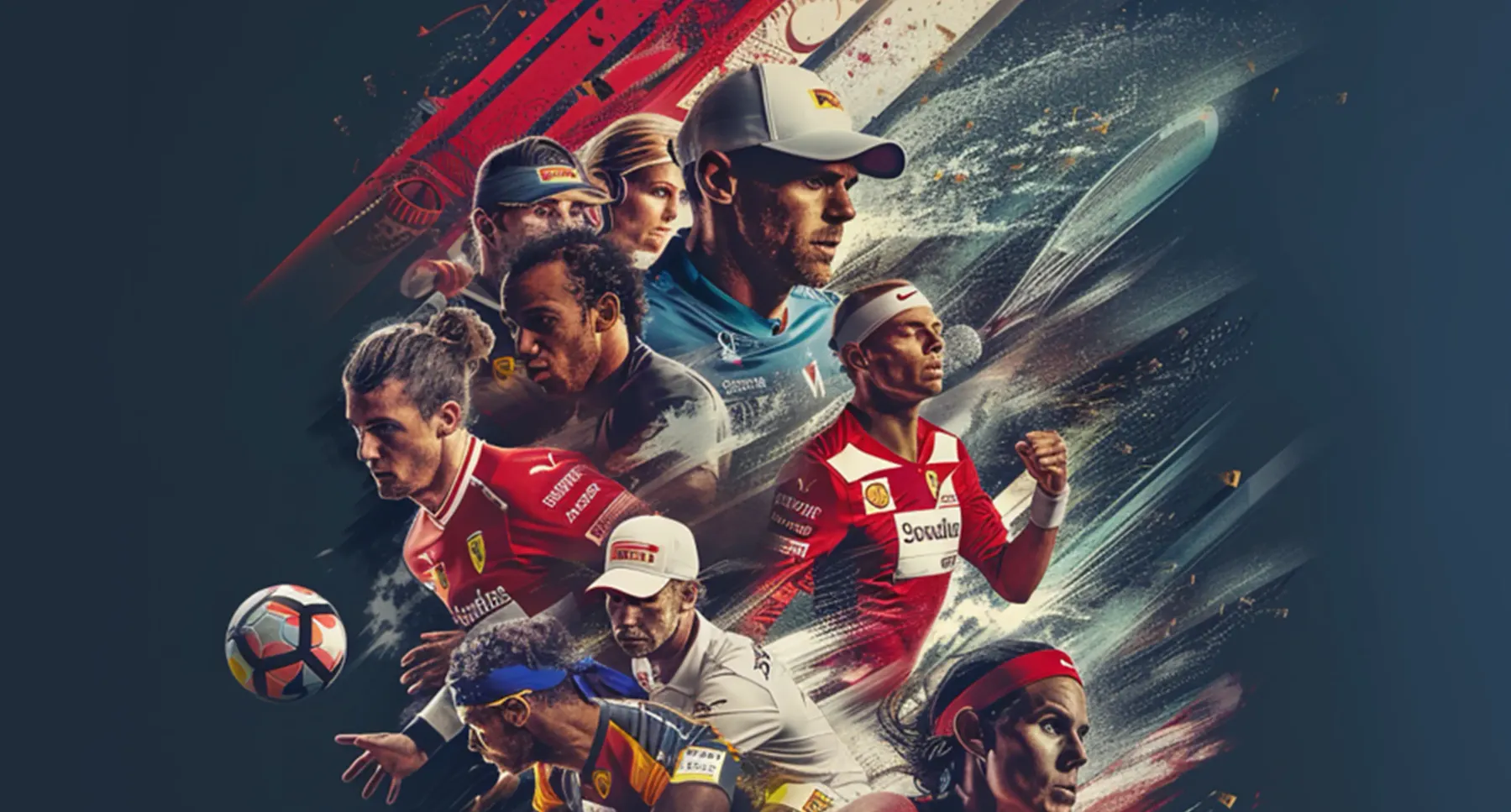
TLDR: Today’s most successful sport brands are committed storytellers and energetic celebrators. They’re also imaginative re-interpreters of their heritage.""
This article explores how sports branding has changed, and what effective sports brand extension looks like in 2024 and beyond.
In short, there have been three key shifts:
- Place-centred brands with local fans to Global brands with local roots
- Focus on die-hard fans to Family entertainment with broad appeal
- Predictable branded merchandise to Imaginative transmedia partnerships
These shifts aren’t new, but they’re accelerating. Sticking a logo on basic branded merchandise simply doesn’t cut it in this new global entertainment landscape. Meanwhile, the opportunities for brands adventurous enough to extend beyond the logo are vast.
Below we’ll look at how two major sports brands - Formula 1 and Inter Milan - are responding to these shifts. Then we’ll look at what tournament brands like the Euros and the Olympics could be doing differently. Finally, we’ll outline a simple framework for sports brand extension, with three key foundations for successfully stretching an established sporting brand.
From sport to soap opera
Sport has always existed to entertain. This goes back thousands of years. Imagine the thrill of cheering on a chariot race in Ancient Greece, or joining 15,000 other spectators to watch the 10 day long Grand Sumo Tournament in Edo-era Japan - tangled smells of sweat and incense filling the air, the wrestlers stomping their feet and clapping their hands before each match to ward off evil spirits.
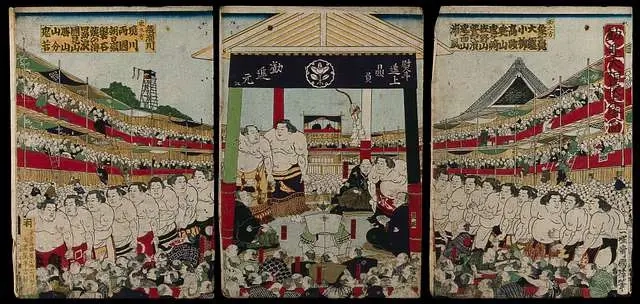
Over the last decade, major sports brands have increasingly found an audience beyond stadiums and live broadcasts. Today, forward-thinking sports brands are showing up in new ways, appealing to a wider spread of fans, and embracing their role as entertainers like never before.
In-focus: Formula 1
The Formula 1 brand dates back to 1950, when the first race in the Formula One World Championship took place at Silverstone on a track marked out with hay bales and ropes. Drivers included a Thai prince (Prince Bira of Siam), and the Belgian jazz musician Johnny Claes. King George VI and other British royals attended the race, which was also one of the first major sporting events in the UK to be broadcast live on radio.
67 years later, with research showing many fans felt the sport’s best days had been and gone, Formula 1 underwent a rebrand with Wieden+Kennedy. Sure, F1 got a new logo and a brilliant new tagline (‘Engineered Insanity’), but this work also laid the strategic foundations for Drive to Survive - the Netflix docu-series that debuted in 2019.
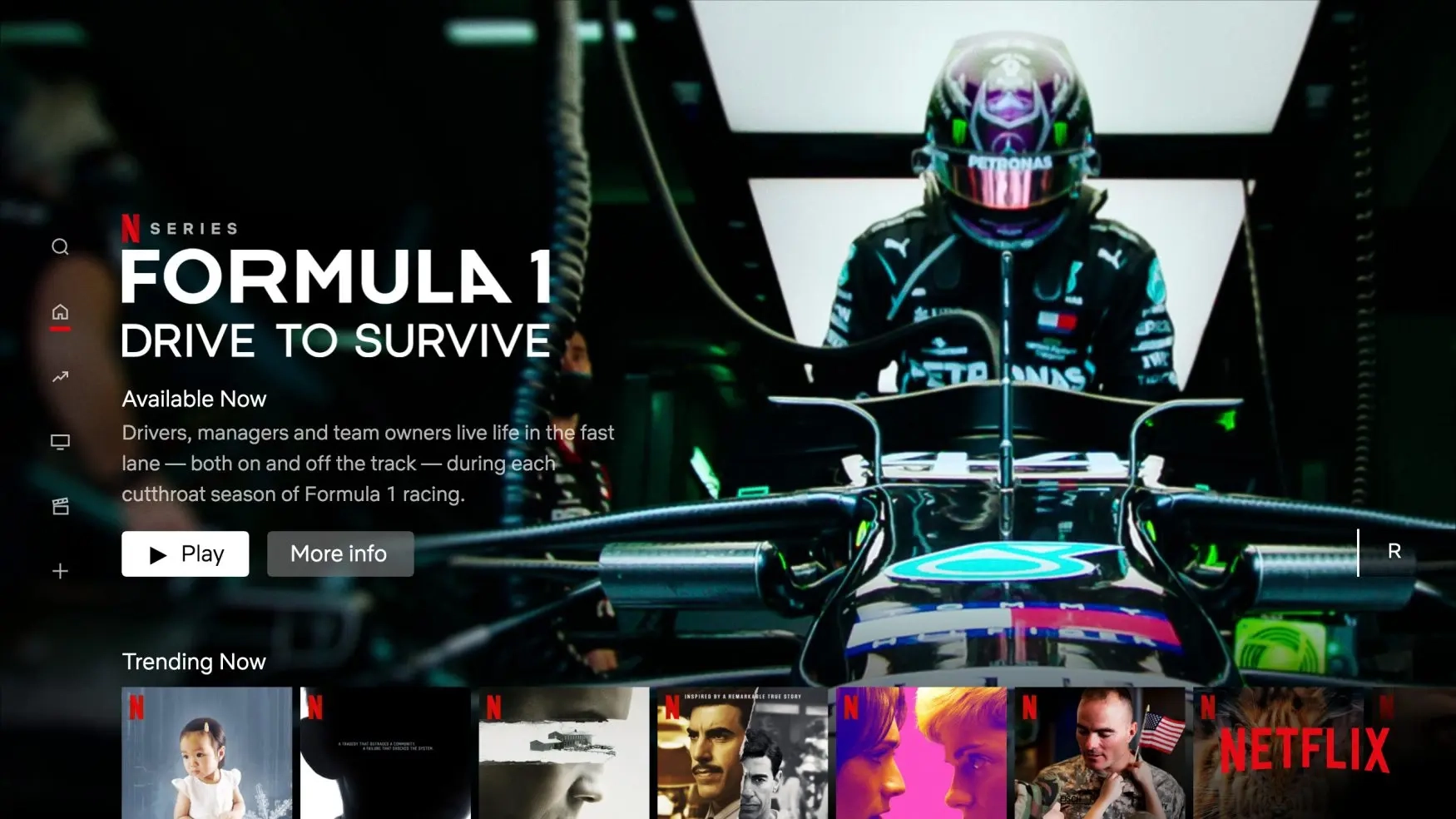
Produced by Box to Box films, Drive to Survive has now been running for six seasons. It has more than 7 million viewers worldwide; just under a third of those viewers are under 30. Here are some audience reactions to the first season, taken from the review site Rotten Tomatoes:
“My love for formula one is back… I can't wait to keep watching and obsessing more and more.”
""
“This show is fantastic. It is a great way to introduce the sport of Formula 1 to new fans.”
""
“Got me on the edge of my seat from start to finish and that says a lot for someone like me who doesn't watch sports on tv and is not particularly interested at all in car races.” ""
Formula 1’s willingness to look beyond its well-worn broadcasting playbook has given a whole new raft of fans a way into the sport, and given lapsed F1 enthusiasts a reason to return. By bringing drivers’ personalities to the fore and dramatising the twists and turns of each racing season, Drive to Survive has made the sport more accessible and entertaining than ever.
As reported in GQ:
“Today, Formula 1 is among the fastest-growing sports in the world. For the 2022 calendar year, the sport generated total revenues of $2.5 billion, compared to just $1.83 billion in 2018. More than 70 million people watch each race globally. In 2021, a study from Nielsen found that the fanbase had almost doubled since 2017. During that period, the average age of Formula 1 viewers lowered by four years to 32, and female participation has doubled.”
As the numbers demonstrate, this is how a sports brand extension campaign re-energises a heritage sports brand. And that energy has enabled successful partnerships with mass-market brands like H&M (more on this below), alongside $4,450 Chanel F1 T-shirts.
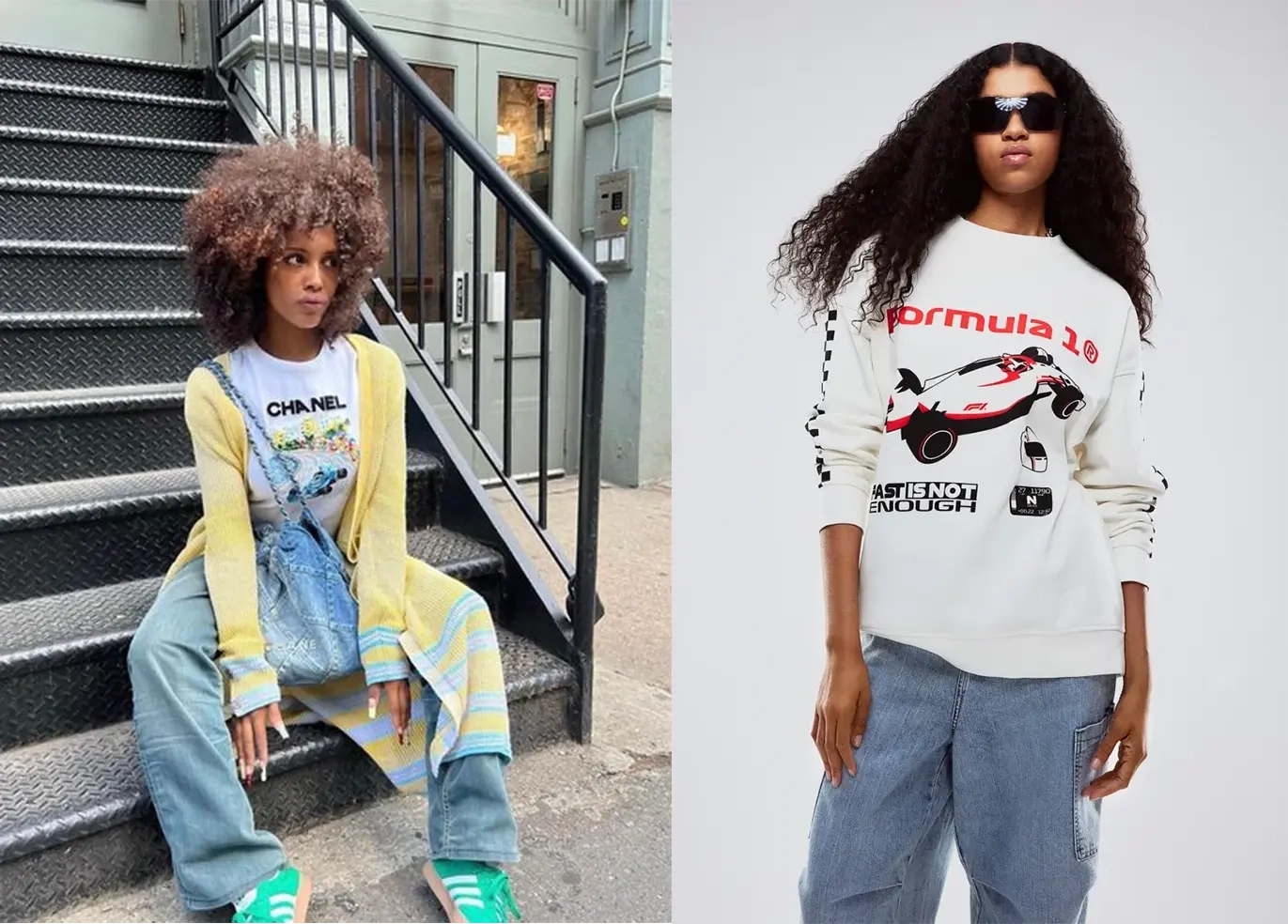
Next, we’ll look at a football brand with an even deeper history than Formula 1…
In-focus: Inter Milan
The Italian football club Inter Milan was founded in 1908 when a group of players left the Milan Cricket and Football Club (now AC Milan). They wanted to form a new club so they could accept more foreign players - hence their original name, FC Internazionale Milano. The breakaway group was led by Giorgio Muggiani, a painter who also designed the club’s first logo.
In 2021, after a number of updates over the years (some major, some more subtle), Inter Milan revealed a new logo and refreshed visual identity.
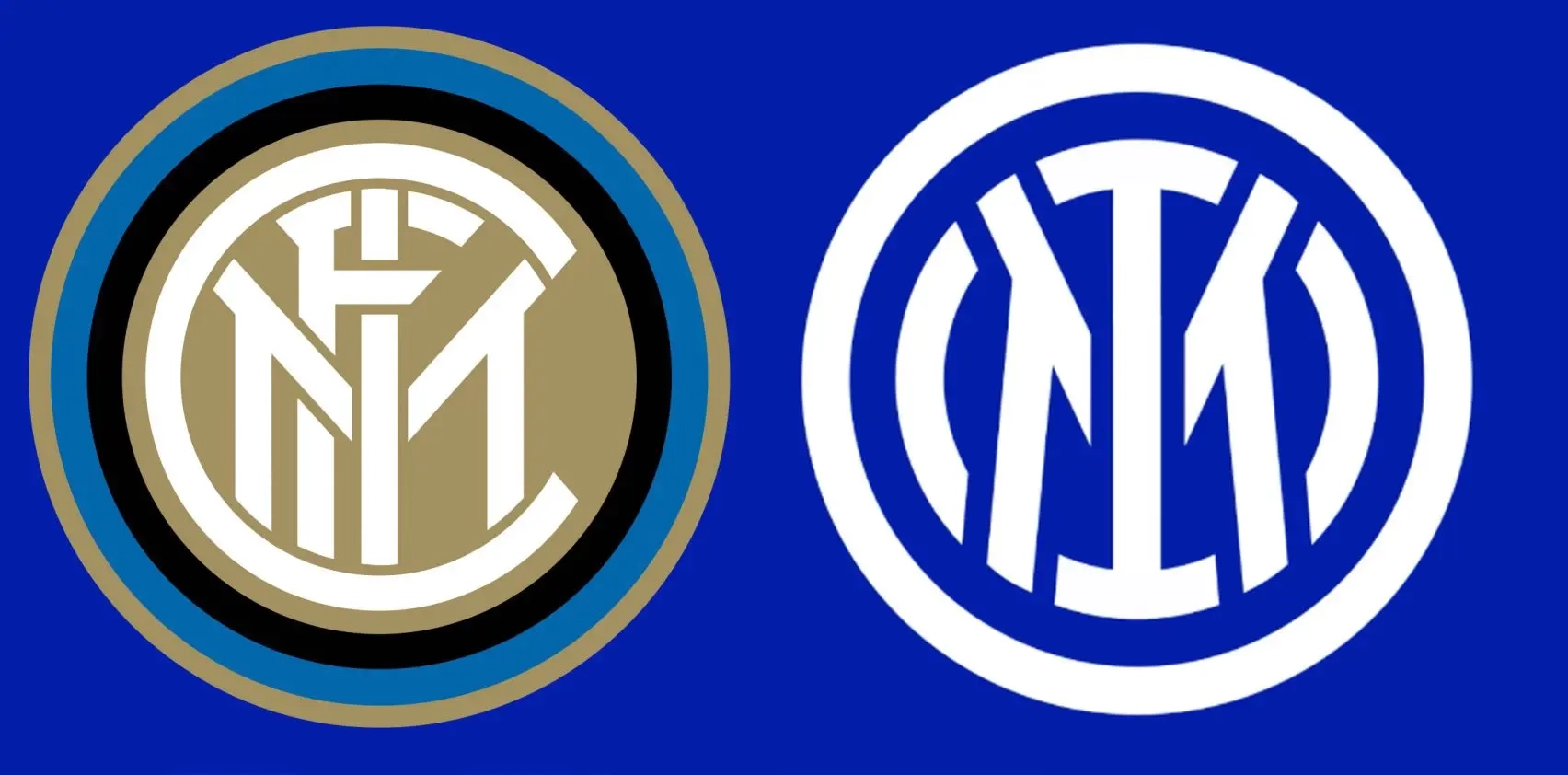
As well as being a cleaner, simpler design, the removal of ‘FC’ from the logo symbolises a more expansive view of what the Inter Milan brand can mean.
In the club’s own words:
“Inter has moved to revamp its visual identity to open up to an audience that is increasingly digital and sensitive to aesthetics, to reach global targets and different age groups, and establish itself as an icon of culture as well as sport. The aim is to make the Inter brand relevant and recognisable beyond its fanbase and to allow a younger and international audience to identify with the values of inclusion, style and innovation that have characterised Inter since its foundation.”""
More digital. More youthful. Iconic beyond the traditional confines of sport. An ambitious but focussed vision, for sure. So, beyond the visual refresh, what else are Inter doing to make this happen?
In 2017, the club launched Inter Media House - an in-house media studio that manages the club’s mobile app, TV offerings, and other entertainment experiences. Since then, they’ve grown from 13 million to 67 million online followers, producing more than 55,000 pieces of content per season.
Non-obvious partnerships have also been a feature of Inter’s transformation into a modern transmedia brand. They signed a three-year kit sponsorship deal with Paramount+ at the start of the 2023/24 season, and they’re using this as a platform for limited edition shirts inspired by Paramount+ IP. Think shirts featuring the Transformers logo and Teenage Mutant Ninja Turtle kits.
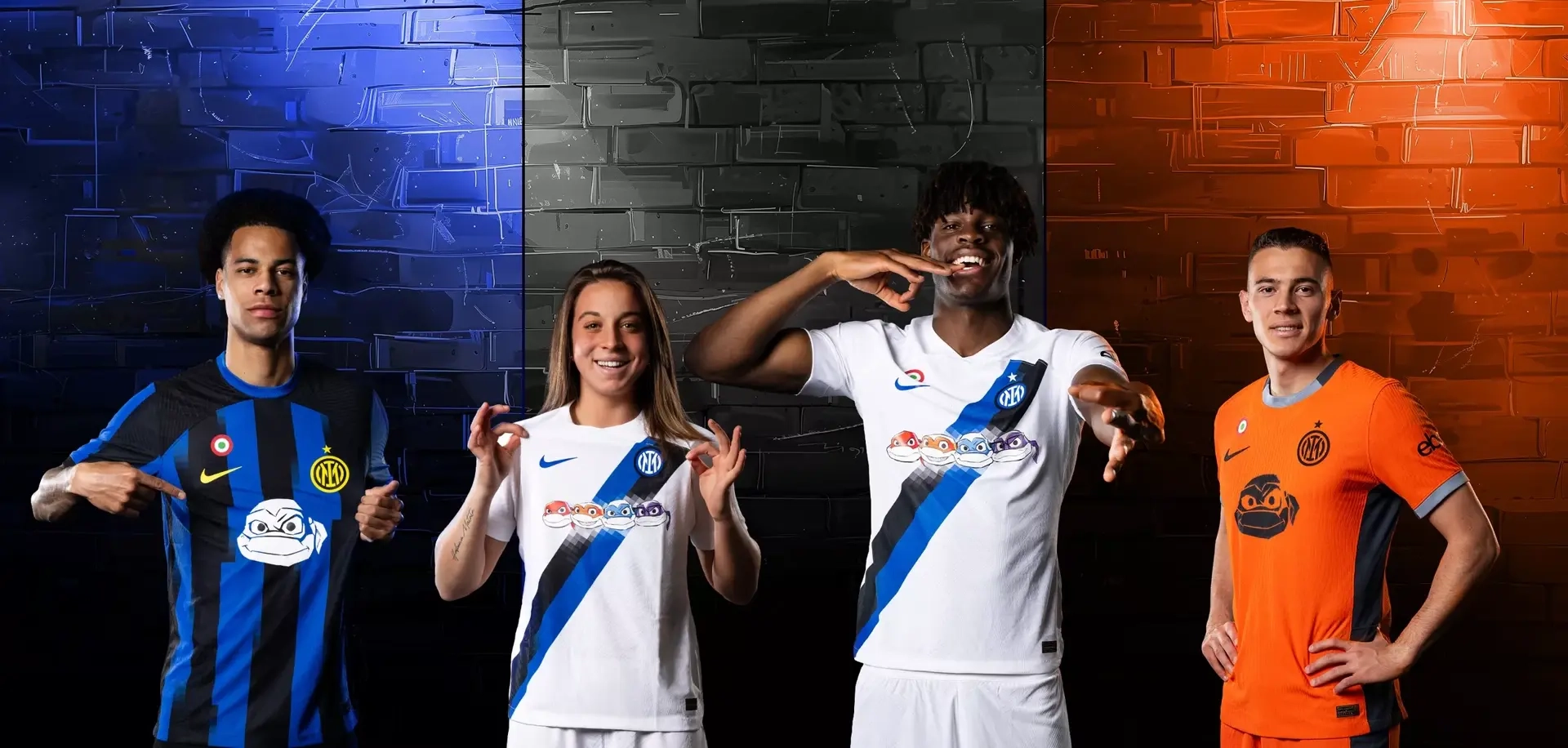
Other recent collaborations include homeware with Highsnobiety, making brilliant use of the blue and black stripes from Inter’s home kit.
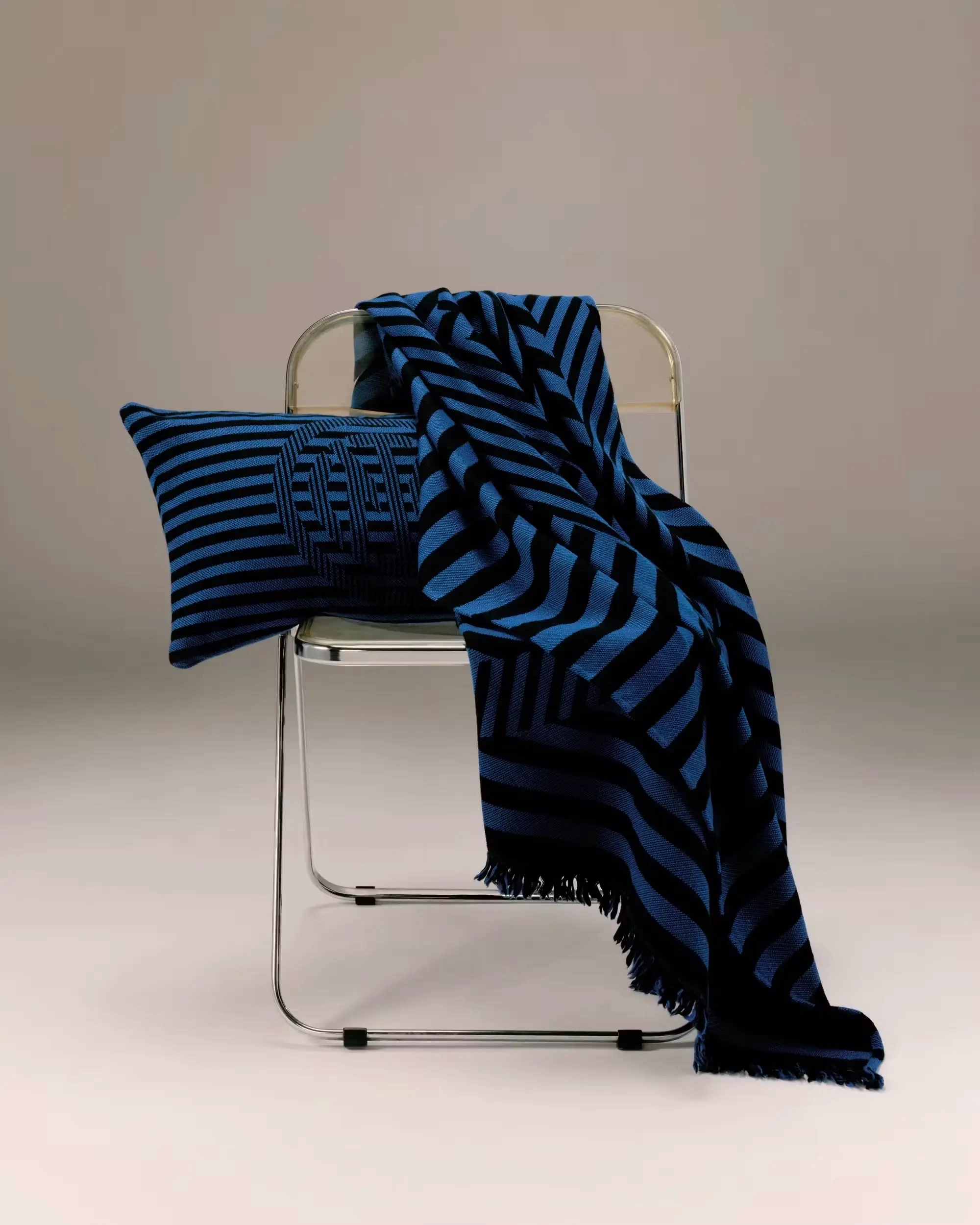
This is what creative, culturally-attuned modern sports branding looks like. But is this an effective playbook for all major sports brands? Below, we’ll look at the unique challenges and opportunities for sports competition brands, particularly those that are only ‘active’ once every four years.
The perennial surrender of massive equity
In 2024, we’ve got major tournaments like the Olympic Games in Paris and Euro 2024 in Germany, alongside other regional competitions like the Copa América in the US.
These events happen every four years (or every two years if you include the Winter Olympics). Each time, there’s a new logo, a new mascot; a whole new identity. Despite investing hundreds of millions in their brand just four years earlier, organisations like UEFA and the IOC simply throw it all away and start again each time.
Take a look at the last eight Olympic mascots:

And here are the mascots from the World Cup and the Euros since 1966:
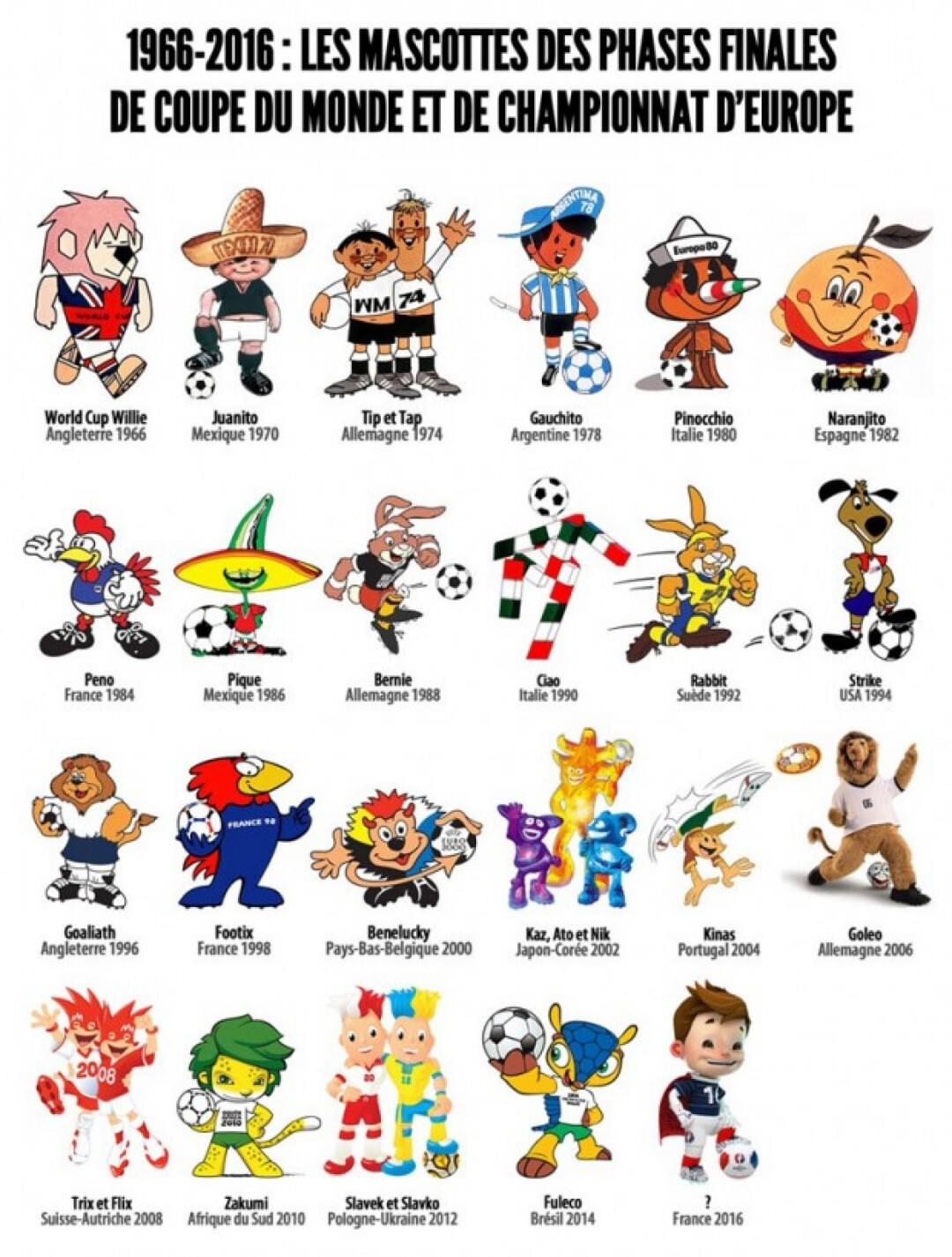
Of course, hosting these tournaments is a source of pride for the cities and nations that stage them. And the mascots very much reflect that. The nostalgia value is also real:
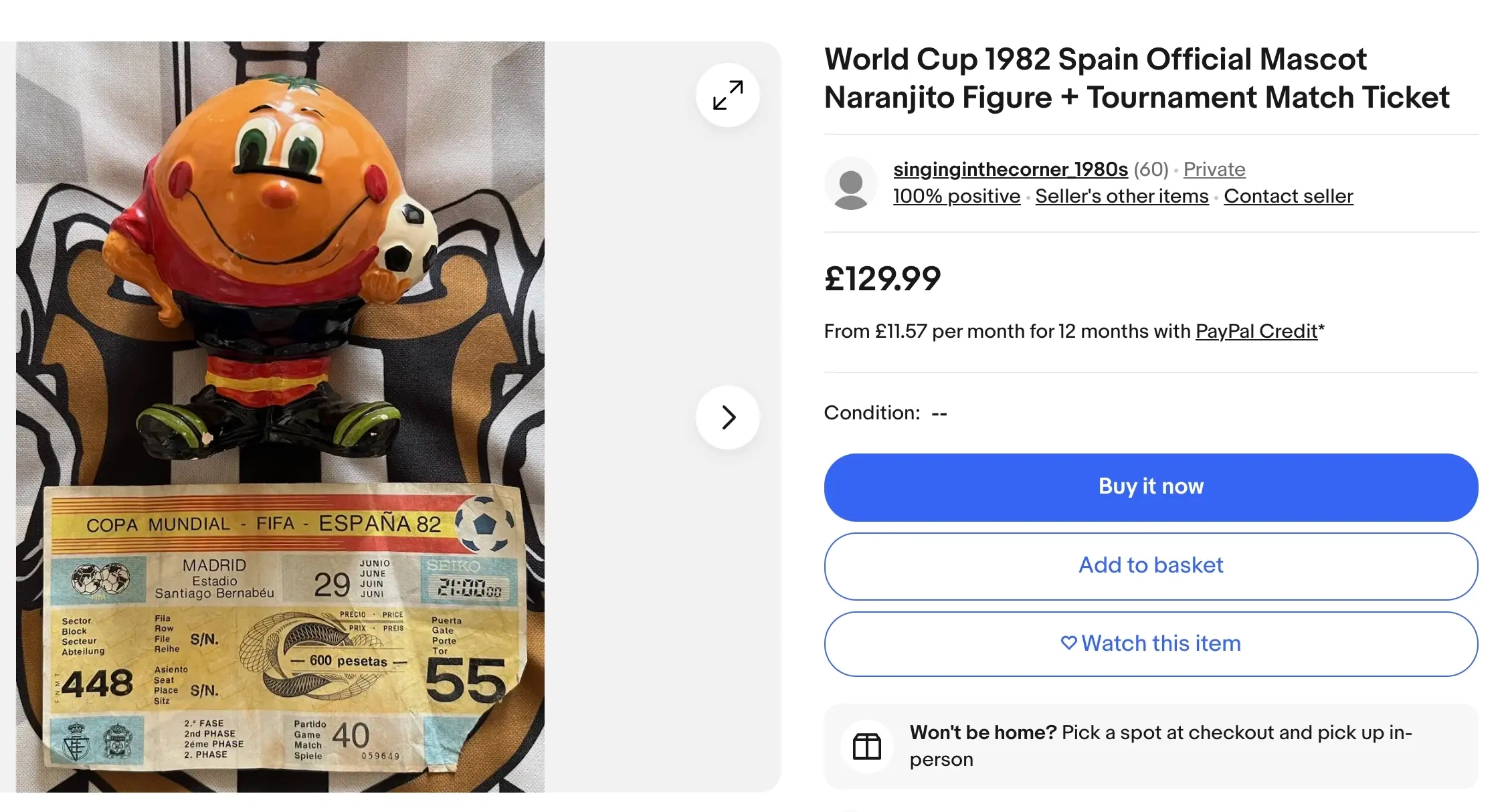
But is this really the best use of resources, spinning up new characters and new identities over and over again, rather than building a coherent branded universe that persists from one event to the next?
Brand equity accumulates when customers develop a deep, memorable association with the brand’s visual and thematic elements. By contrast, constantly changing mascots erodes brand recall and eliminates the opportunity for ongoing development of character narratives and merchandise lines.
The Batman formula
What if each tournament brand had a singular mascot that exists across decades, but with the flexibility to make it culturally relevant for each location and point in time? Look at how Batman has evolved since 1939, for example:
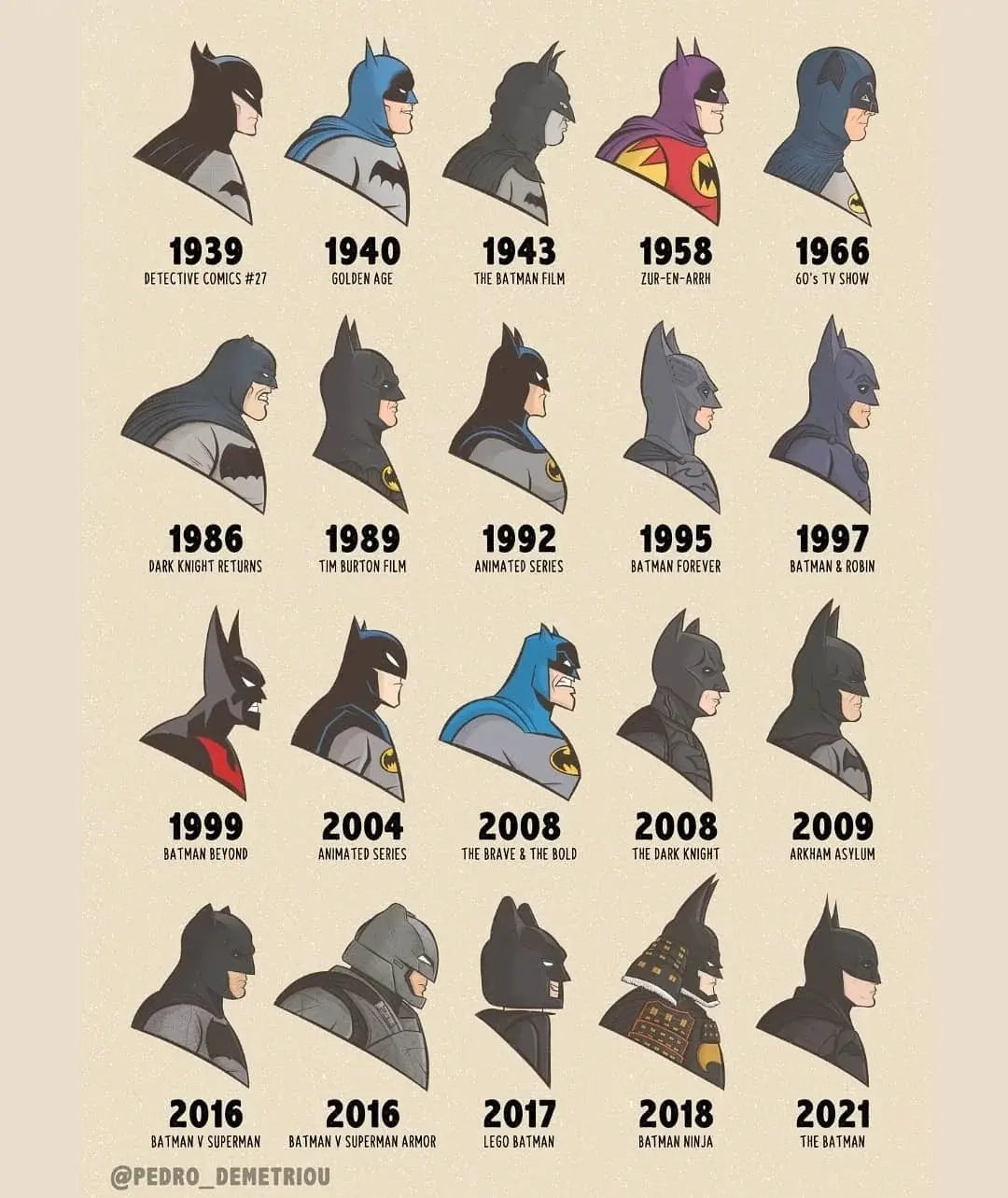
Might this not be a better way to build long-term equity and engage the billions of people worldwide who follow these competitions? This approach still allows for individual tournaments to put their own stamp on the brand, and still enables limited edition collectibles, but represents a more sophisticated long-term play.
By developing narratives that extend beyond a single event, mascots could engage fans year-round and across multiple event cycles. Using digital platforms, organisations can keep mascots and themes alive in the public consciousness, even in non-event years. This shift could transform ephemeral excitement into lasting legacy, treating each event as a chapter in a richer, more cohesive story.
That word - story - is fundamental for effective sports branding and brand extension. But it’s not the only key ingredient. Below, we’ll look at the three essential pillars for sports brands looking to make the most of their intangible assets.
Skew’s sports brand extension framework
Typically, when we work with sports brands, they’ve just rebranded and they’re nervous about brand extension. The temptation is to play it safe, with traditional branded merchandise that doesn’t stray at all from the core brand assets. But what makes these brands so powerful isn’t the logo or the colours or any other classic bits of IP; it’s the intangible stuff - the history, the memories, and the emotions. Much of this lives primarily in the minds of fans. Our first job is always to help sports brand managers understand this, and to get them to open themselves up to what’s truly possible when they recognise and embrace this truth.
With these immense possibilities comes a need for some rigour when developing brand extension strategy and ideas, though. We continually come back to three core concepts:
- Story: Using narrative to inspire and entertain
- Celebration: Channelling the joy and energy of live sport
- Heritage: Drawing on history and the wider culture that fans are part of
Let’s look at each of these in a bit more detail…
Story
Sam Diss is the former Head of Content at the nostalgia-soaked football magazine MUNDIAL. He now works as a brand strategist for sports brands like the popular video game Football Manager. In his words, in the world of sports branding, “The story being told, and the reason why the brand is telling it, is all important.” He recently interviewed Ted Philipakos - the Creative Director behind iconic rebrands at Italian football club Venezia FC and Greek club Athens Kallithea FC.
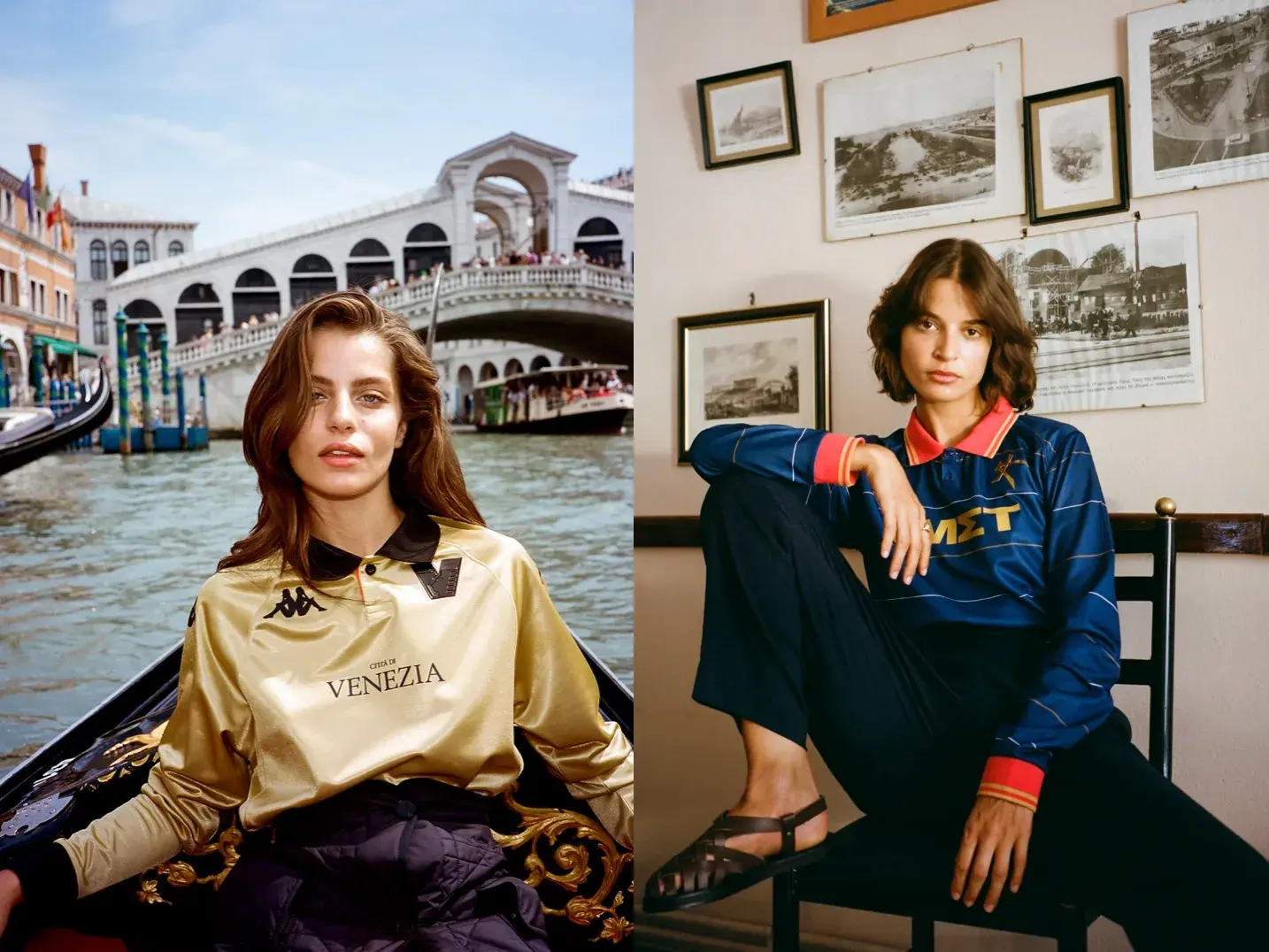
For Philipakos, the central sports branding question is “How can we expand our community here without selling out who we are?” And that always comes down to storytelling.
One way Formula 1 have spread their story is through their partnership with H&M.
With slogans like “fast is not enough” and “wheel to wheel”, these youth-friendly threads retail from Hong Kong to Hemel Hempstead, turning F1’s intangible essence into something you can touch and wear. The skill and fearlessness of the drivers is distilled into a vibe that fans can identify with and reflect. The central, timeless story of the sport becomes a powerful tribal signifier, with the potential to flex in endless ways across an evolving media and retail landscape. That’s the power of story.
Celebration
“When I scored, I didn't celebrate by pointing to the heavens or kissing my wrist. I celebrated with a somersault because soccer is joy, and you should express that joy with your whole body.” — Pele""
“I always had the dream that when I was winning tournaments like Wimbledon, I would jump up and down for joy. And I did.” — Roger Federe
""
For players, sport delivers some of life’s greatest highs (along with inevitable moments of despair). For fans, celebration is central to the experience of sport, whether witnessing a wondergoal in a 75,000-seater stadium or fist-pumping on the sofa when your favourite F1 driver executes an audacious overtake in heavy rain.
We get emotionally-invested. We share in the euphoria, and bask in reflected pride when the teams and individuals we support emerge victorious. Sport is an enormous source of meaning and joy for billions across the planet. With that in mind, it’s perhaps stating the obvious to say that celebration is a key creative lever for sports brands. But in practice, brands often miss opportunities to capture this exultant mood.
For Inter Milan, there’s been plenty of cause for celebration in recent years. The club won its 20th league title in the 2020/21 Serie A season. This put them ahead of local rivals AC Milan (19 titles), in a milestone reminiscent of Manchester United knocking Liverpool “off their perch” in the Premier League in 2013. In Serie A, in a custom imported from South America, clubs add a star to their kits for every ten league titles won. Upon achieving their second star, Inter released a set of commemorative jerseys. This is wholesome, glossy, family-friendly merchandising, befitting an era where violent feuds between Inter and AC Milan ‘ultras’ are a distant memory.
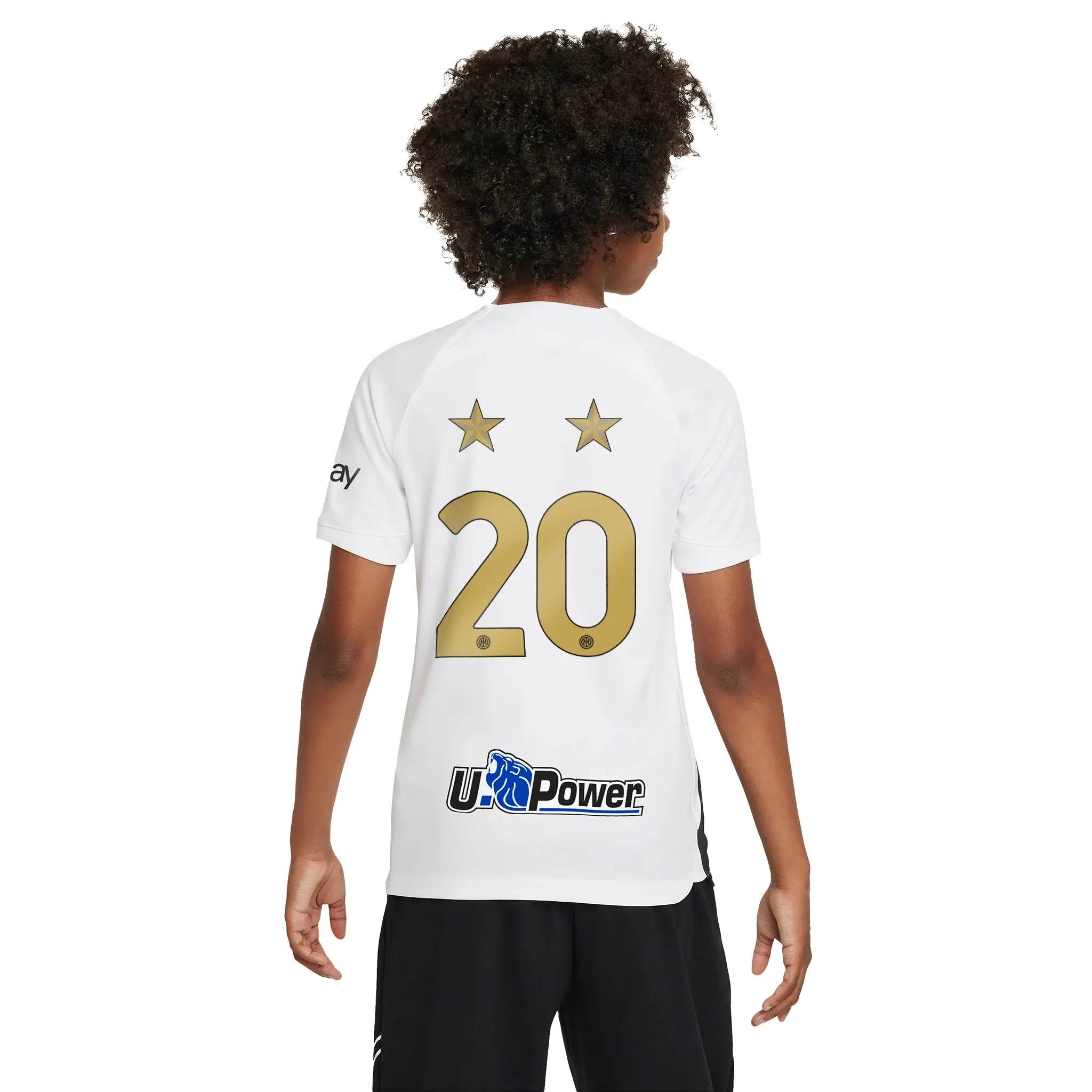
For competition brands like Wimbledon, the Olympics, and the Euros, celebration is just as central, but with an important twist. Whilst there’s certainly fervent support for fans’ home nations and competitors, people often follow the wider event for the overall atmosphere without being especially invested in all the results. Tapping into this festival feeling should be a focus for any tournaments exploring brand extension opportunities.
Heritage
Alongside story and celebration, heritage is the third pillar in our sport brand extension framework. Whilst some brands do a fantastic job of honouring their heritage (Wimbledon being an obvious example), there are often underappreciated riches here.
Clubs and competitions have their own artefacts, rituals, traditions, and achievements to draw on, but there’s also a broader way of conceiving heritage that encompasses the cultural fabric they’ve been part of throughout their history.
A recent piece of brand extension from Man Utd and Adidas is a rare example where these two things perfectly overlap. Their recently-released Stone Roses collection references:
A club ritual that continues today (The Stone Roses song This is the One has played on the Old Trafford PA when the team walks out for 25 years)
A 90s cultural scene (‘Madchester’) that United fans of a certain age remember fondly (and younger fans can relate to through a fauxstalgic lens)
Add in the iconic, Pollockian visuals from the Stone Roses’ debut album cover and you’re onto a winner. The most incredible thing about this work is that it didn’t happen sooner.
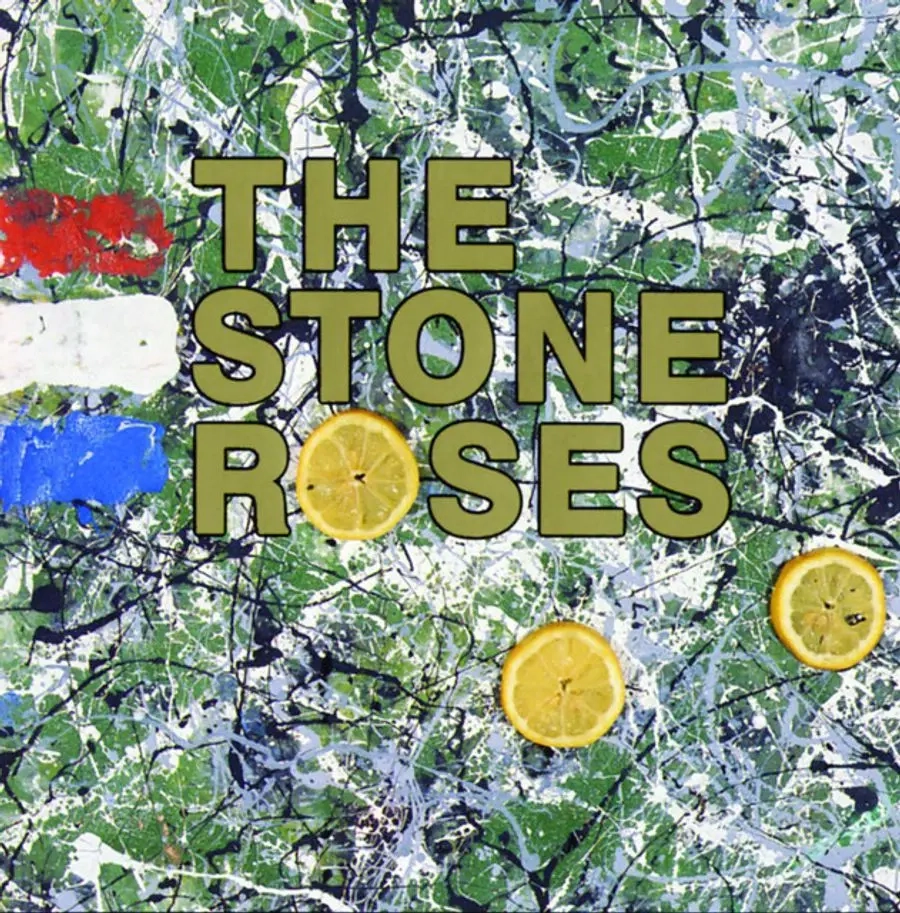
What can other sporting institutions learn from this? When considering heritage, look beyond your own archives, and think beyond your trophy cabinet. Ask yourself:
What are the definitive moments in fashion, music, and wider culture that the brand has coexisted with in decades gone by?
What do those things mean to fans?
Where does it all come together?
Ready to break some boundaries?
Sport has always been about breaking boundaries. Pushing at the edges of the possible to run faster, jump further, hit harder, or drive more decisively than the humans that came before. Unifying nations once at war in the mutually-assured poetry of elite international football. A jazz musician at the wheel of a racing car. A painter founding a football club. The moments of pure transcendent absorption that seem to take us, for a fleeting instant, beyond ourselves. The sense of merging minds with a thrumming, ecstatic crowd. Sport sees boundaries and laughs at their absurdity.
The job, then, for sports brands, is to internalise this worldview. To stop seeing themselves merely as ‘sports brands’ and realise they’re in the entertainment business. To stop confining themselves to their core brand assets, and stretch their identity in new directions. To stop treating competitions as one-off events, and start building engaging, open-ended universes that become part of the fabric of fans’ lives, from the playground all the way to the nursing home.
If that all sounds a bit overwhelming, there’s some good news: working with an experienced sports brand extension specialist from the start gives you the direction and the confidence to embark on this boundary-breaking adventure. If you’re interested in how we can help you transmit your story, capitalise on your celebratory power, and leverage your heritage, we’d love to chat.
Sports branding case studies
Want to see what Skew can do? Take a look at some of our sports branding work from recent years:





